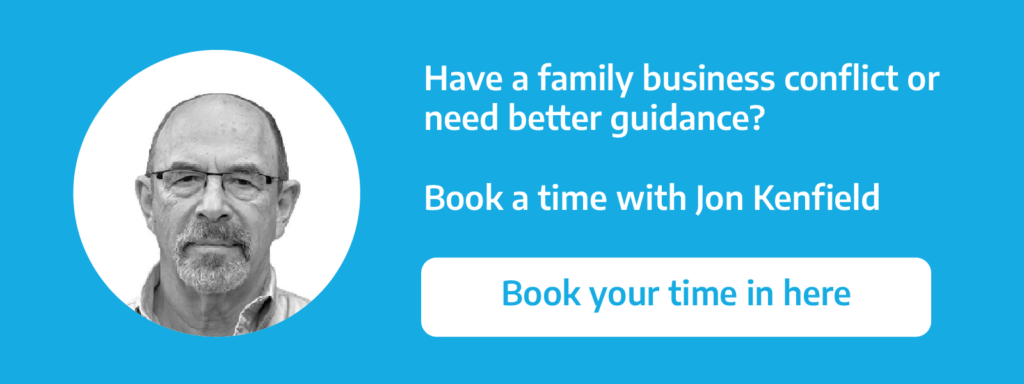
Organisations that achieve long term, sustainable success invariably have: “a harmonious workplace AND a strong organisation.”
Their high trust cultures encourage everyone to help everyone to do a great job – so the organisation’s goals are consistently achieved.
Such cultures are the holy grails of every genuine leader and, just like the grail legend, the rewards only come after long and hard travails – never through chance, charity or neglect.
Experience, research and investigation confirm that 7 Key Elements are always present, in some form or another.
We think of them as parts of a temple comprising:
3x (Conceptual) roof slabs, held up by 4x (Supporting) pillars, all resting on a firm bed of Culture:
Let’s consider what it means to have, or not have, each of the 7 elements:
| Elements | “Haves” (Positives) | “Have Nots” (Negatives) |
| 1. Clarity | | |
| 2. Certainty | Either there is no plan, or whatever plan exists lies hidden and unshared in someone’s head. Many leaders delude themselves into believing that: (a) they have a plan; (b) everyone knows what it is; and (c) everyone accepts the plan. Big, big mistake … huge mistake! | |
| 3. Commitment | ü The team now has declared, shared and inclusive objectives – the essential foundations for a strong culture – and everyone is motivated to achieve them. | What is there to commit to? Bupkas (nothing)! Without shared objectives leaders, managers and employees can do their jobs perfectly well, earn their pay and stay employed, but are unlikely to put in the extra effort that defines high performance. |
| 4. Strategy | Strategic Action Plans include: key directions; targets, goals, timelines and major milestones; allocated roles, responsibilities and accountabilities; review, measurement, modification and validation processes. Succession and Transition Plans are essential to organisational continuity. | A Strategy Plan that isn’t written, declared, adopted and implemented by all relevant stakeholders won’t achieve much and isn’t worth much. Plans and actions must be regularly reviewed, to monitor and measure performance and progress. Success needs to be recognised and rewarded; failure needs to be acknowledged and rectified – otherwise there’s no learning happening and confusion, dysfunction and disengagement will follow. |
| 5. Structure | Structures provide supervision and guidance, appropriate forums and pathways for dealing with specific issues and people. They enhance clarity; provide stability; assist decision making; aid implementation; support monitoring, measurement and enforcement, and encourage effective discipline. Boards, and Management and Operations Teams are established to address issues, solve problems and make and implement decisions in appropriate ways, using appropriate people, with appropriate authority. Formal documents (legal and managerial) are developed and adopted to evidence organisational decisions and obligations. | Lack of visible and/or effective systems is a primary indicator of weak management and poor governance. Structures help to spread the load – from the shoulders of one or few – to many. Failing to establish appropriate Structures focuses all or most of the responsibility for making wise decisions on a smaller group of leaders and managers. This can result in a whole range of consequences, from operational and competitive inefficiency to intolerable pressures, tensions and conflicts that may be sufficient to paralyse some or all of the organisation.
|
| 6. Systems | Policies are first line defences against uninformed or unfounded assumptions, arbitrary decision making and irrational actions. Good systems produce the reliable performances that are fundamental to building and maintaining high trust teams and strongly supportive relationships. | Lack of visible and/or effective systems is another primary indicator of weak management and poor governance. In addition to being inefficient, this encourages arbitrariness, neglect (it’s all too hard), and false assumptions. Neither respect nor trust can live here. |
| 7. Skills | It’s easy, and very common, to believe that ostensibly intelligent, well-educated, highly trained and generally competent adults “get it” and “have it”, ie: they can and will do what’s expected of them, especially after they’ve agreed to go with The Plan. In reality, for a variety of reasons, individuals often fail to do what is expected of them – because they lack the confidence to perform. Because they don’t appear to lack ability or motivation this can come as a big shock. Possible causes include emotional immaturity and low resilience, through lack of drive, to self-perceived or actual lack of intellectual and physical competence. This is where training, coaching and mentoring have a vital role to play in helping team members, including leaders and managers, to achieve their true potential. Before that can happen the organisation needs a transparent and nurturing culture – where training and support are valued and freely offered and sought. | Successful leaders develop their practical Skills over many years, mainly from working on the job. We don’t hear much about the unsuccessful ones, mainly because they don’t survive – unless they fail spectacularly, in which case we read all about them. Leaders and managers often fail to recognise how much they’ve had to learn over the years, so they take their learnings for granted. This leads to disappointment, and not infrequent abuse, when their subordinates, often with better education and training AND 30 years less experience, fail to demonstrate the advanced levels of knowledge, skill and street smarts they feel they should have acquired, perhaps through osmosis? The challenge for most leaders and managers is to transfer their knowledge, skills and experience to their subordinates and successors in order to combine their capabilities. The goal should be to: “help them stand on my shoulders, not try to fill my shoes”. |



